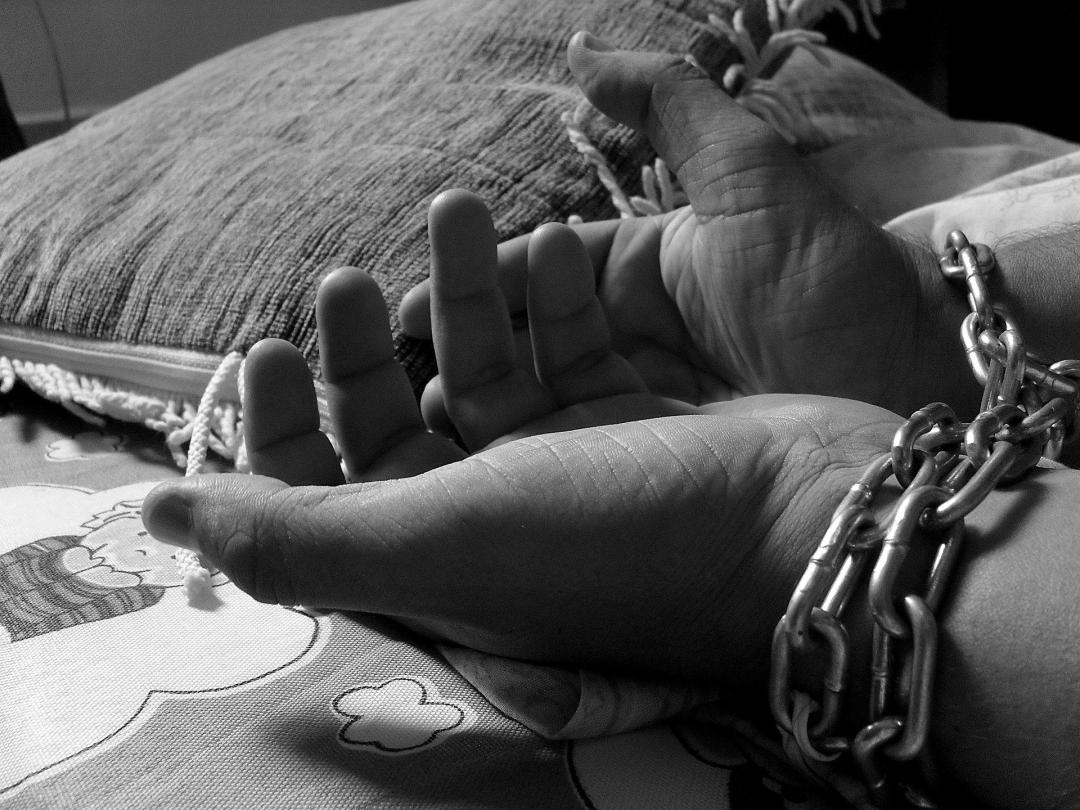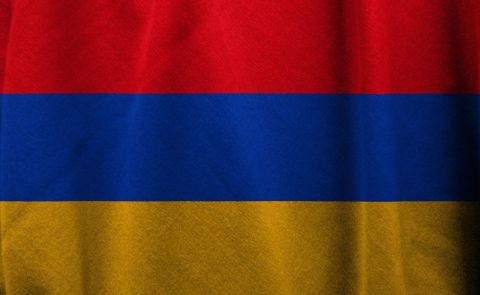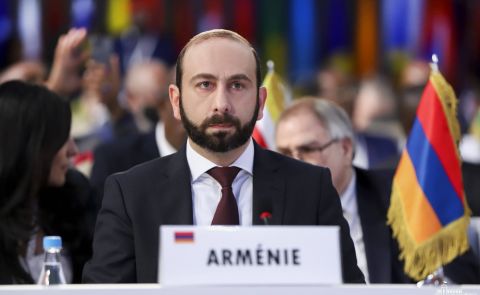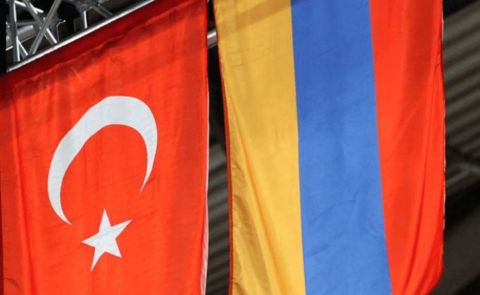
OSCE report on human trafficking in Georgia

On 6 May, the Organization for Security and Cooperation in Europe (OSCE) Special Representative and Co-ordinator for Combating Trafficking in Human Beings Valiant Richey published his report on the situation of human trafficking in Georgia, following his visit to the country on 17-19 June 2019, reported georgiatoday.
According to the report, the tourism and hospitality sector were among the high-risk sectors for trafficking in human beings and forced labor. The OSCE official said that “the commercial sex industry” – closely related to the tourism industry – carried the highest risk of human trafficking. “Georgia is also a country of destination, a status that has been contributed to by an increasing number of entertainment facilities in the Adjara region. Reportedly, a continuing demand for sexual services is one of the underlying factors contributing to [the] trafficking of women primarily from Azerbaijan and Central Asia (especially Uzbekistan) for prostitution. These women are lured to Georgia with the false promise of jobs in the hospitality sector and often end up being trafficked for sexual exploitation in saunas, night bars, motels and private houses around the tourist areas in the Adjara region of Georgia and along the border with Turkey," the special representative stressed, adding that Georgian women are allegedly trafficked to Turkey and the United Arab Emirates for sexual exploitation.
Another endangered group of people for human trafficking are children in Georgia. “Although there is no baseline data on child trafficking in Georgia, nor statistics provided by state agencies to reflect the scale of the issue, children are reportedly trafficked for various exploitative purposes in Georgia. Estimates suggest that 1,000 to 2,000 children earn a living by begging, primarily caused by poverty or domestic violence. Referring to the results of its recently launched survey, UNICEF concludes that while 30% of these children are of Roma ethnicity and the Azerbaijani Kurds, 70% of children living and working in the streets are Georgians who are moved from one city to another with their families,” read the report.
The third and last endangered category according to the report were the persons who were used for labour trafficking. “Although statistics provided by the Inter-Agency Coordination Council reflect low numbers of detected cases of trafficking for labor exploitation--primarily reported to consist of trafficking of Georgian men for labor exploitation in Turkey and Iraq-- interlocutors met during the visit expressed their concern that there was an increasingly conducive environment for labor exploitation in Georgia involving migrant workers. Such an environment is reportedly fostered by the involvement of third-country nationals in rapidly increasing large-scale construction projects and the growing agricultural sector. Another major risk factor is connected to the widespread operation of private recruitment and/or employment agencies,” the report read.
In order to combat the phenomenon of human trafficking in Georgia, the Special Representative recommended a set of measures which were classified into four main goals: 1) enhancing the legal, policy and institutional framework; 2) enhancing victim identification, assistance and protection; 3) enhancing the criminal justice response to all forms of trafficking in human beings; and 4) enhancing the prevention of trafficking in human beings.
See Also


Armenia Records 5.9% GDP Growth in 2024, Missing 7% Goal

Yerevan Balances Strategic Ties with Both US and Russia, Says Foreign Minister

FM Mirzoyan: Peace Deal with Azerbaijan Is Within Reach

Pashinyan and Erdogan Hold Call, Reaffirm Commitment to Ongoing Dialogue

